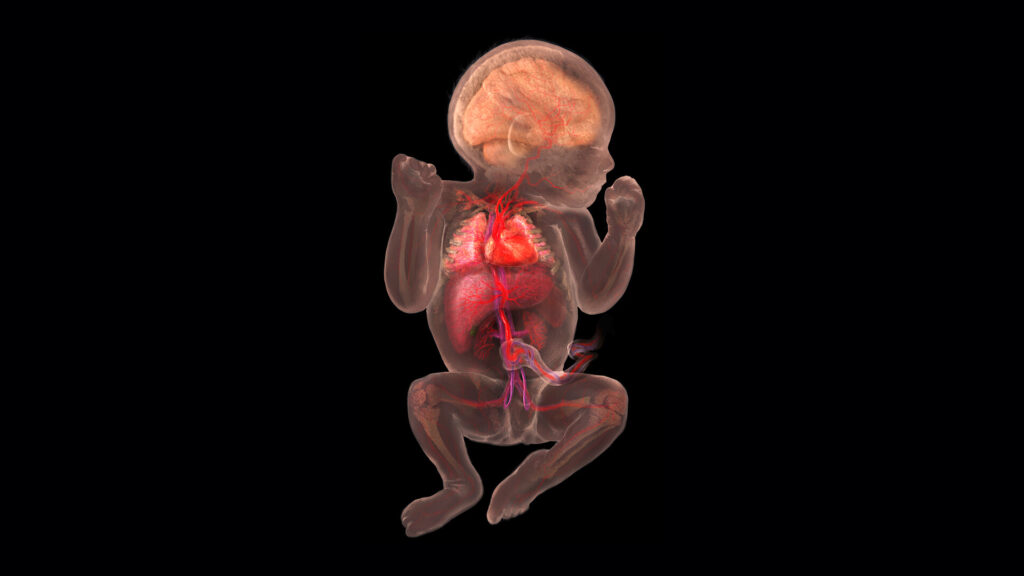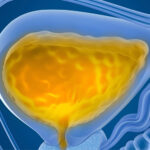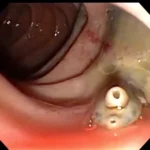Citrullinemia is a rare autosomal recessive disorder characterized by the accumulation of ammonia and other toxic substances in the blood. This condition arises from defects in the urea cycle, a critical metabolic pathway responsible for removing excess nitrogen from the body. Two primary forms of citrullinemia have been identified: Type I and Type II, each with distinct genetic causes and clinical manifestations.

Type I Citrullinemia
Genetics and Pathophysiology
Type I citrullinemia is caused by mutations in the ASS1 gene, which encodes the enzyme argininosuccinate synthetase 1. This enzyme plays a pivotal role in the urea cycle by facilitating the conversion of citrulline and aspartate into argininosuccinate. Mutations in the ASS1 gene lead to reduced enzyme activity, resulting in impaired ammonia detoxification and subsequent hyperammonemia.
Clinical Presentation
The classic form of Type I citrullinemia typically presents within the first few days of life. Affected neonates may appear normal at birth but rapidly develop symptoms such as lethargy, poor feeding, vomiting, seizures, and loss of consciousness as ammonia accumulates. If not promptly addressed, these manifestations can progress to life-threatening complications. A milder, late-onset form can occur, presenting in childhood or adulthood with symptoms like failure to thrive, aversion to protein-rich foods, ataxia, and episodic vomiting.
Diagnosis
Diagnosis is established through biochemical analyses revealing elevated levels of citrulline and ammonia in the blood. Newborn screening programs often include tests for citrullinemia, facilitating early detection. Confirmatory diagnosis involves genetic testing to identify mutations in the ASS1 gene.
Management
Management strategies encompass dietary modifications to limit protein intake, thereby reducing ammonia production. Supplementation with arginine and the use of nitrogen-scavenging agents such as sodium benzoate and sodium phenylacetate aid in ammonia elimination. In severe cases, hemodialysis may be employed to rapidly decrease ammonia levels. Liver transplantation has been considered in refractory cases, offering a potential cure by restoring normal urea cycle function.
Type II Citrullinemia
Genetics and Pathophysiology
Type II citrullinemia results from mutations in the SLC25A13 gene, which encodes the mitochondrial transporter protein citrin. Citrin is essential for the transport of aspartate and glutamate across the mitochondrial membrane, processes integral to the urea cycle and various metabolic pathways. Deficiency of citrin disrupts these processes, leading to the accumulation of ammonia and other metabolites.
Clinical Presentation
Unlike Type I, Type II citrullinemia typically manifests in adulthood, often between the ages of 20 and 50. Patients may experience neuropsychiatric symptoms, including confusion, abnormal behavior, aggression, irritability, seizures, and, in severe cases, coma. These episodes can be precipitated by factors such as certain medications, infections, or alcohol consumption.
Diagnosis
Diagnostic evaluation reveals decreased citrulline levels and elevated ammonia concentrations in the blood. Genetic testing confirming mutations in the SLC25A13 gene establishes the diagnosis.
Management
Treatment involves dietary adjustments to manage protein intake and the use of medications to control ammonia levels. Avoidance of known precipitants, such as alcohol and certain drugs, is crucial. In some instances, liver transplantation has been successfully performed, leading to the resolution of symptoms.
Epidemiology
Type I citrullinemia has an estimated incidence of 1 in 57,000 births worldwide. Type II is more prevalent in East Asian populations, particularly in Japan, with an occurrence of approximately 1 in 100,000 to 230,000 individuals. Cases have also been reported in other regions, including East Asia, the Middle East, and Western countries.
Conclusion
Citrullinemia encompasses a spectrum of urea cycle disorders with varying genetic etiologies and clinical presentations. Early recognition and intervention are paramount to prevent irreversible neurological damage and improve outcomes. Ongoing research into the molecular mechanisms underlying these disorders holds promise for the development of novel therapeutic approaches.

